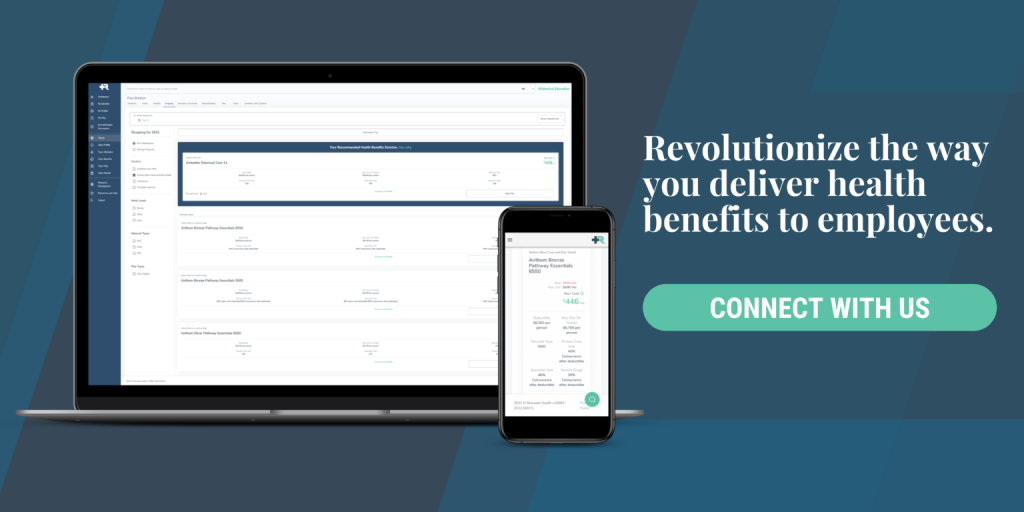If you pay attention to the news, you’ve probably heard about the “healthcare open enrollment” that’s happening in the middle of the year. You may have wondered what it could mean for you. The following is a quick breakdown of the key details surrounding this open enrollment.
Last week, President Biden signed an executive order to create a Special Enrollment Period (SEP) from February 15 to May 15 for the 36 states that use Healthcare.gov. The New York Times reported that other state-based exchanges are most likely to follow suit — as already confirmed by California’s announcement.
When is normal Open Enrollment?
The Federal Individual Marketplace has a standard Open Enrollment period between November 1 and December 15 each year. Certain state-based marketplaces or exchanges have extended open enrollment periods, such as California, which extends to January 31 each year.
If you don’t select an insurance plan during the open enrollment timeframe, you’re out of luck and out of coverage until the next Open Enrollment, unless there is a Special Enrollment Period.
What is a Special Enrollment Period (SEP)?
A Special Enrollment Period (also known as an “SEP”) generally occurs when there is a life-changing event, such as adding someone to the family, or someone moving out of the household. An SEP can also occur when someone changes jobs and loses their old insurance coverage.
This is what the executive order from President Biden has made available regardless of job or household changes.
How does this SEP work?
The Centers for Medicare & Medicaid Services released the specific details of how this Special Enrollment Period will function. These are the most important details:
1) Effective date of the new plan coverage begins the 1st of the month following the application (if you apply on March 15, your coverage will begin April 1).
2) Changes, within 30 days, are possible even after selecting the new plan. This means if you have any buyer’s remorse, want to improve your coverage or find a cheaper plan, you have 30 days to do so.
3) Those with health insurance currently can still change plans — whether they’re looking to upgrade or downgrade their coverages. While most people probably won’t want to change the plan that they just selected only a couple months ago, there will be some who may feel the need to do so. Perhaps they have lost their job and need to find more affordable options, or have a new medical need and want to upgrade their plans for better protection.
4) No new information is required from applicants, meaning you won’t have to show proof of a lost job or the birth of a child like you normally would for an SEP. That is why this SEP feels more like a normal Open Enrollment.
5) Medicaid eligibility will still be marked during the application process. During the application, if someone is found to be eligible for Medicaid, they’ll be forwarded to those programs. We always recommend looking into those programs if you’re eligible. Oftentimes, you get better coverage and tremendous savings.
What else might be ahead?
When a midyear change happens to healthcare law, it can seem scary. While this Special Enrollment Period may be helpful for a lot of people, it won’t affect everyone. Sure, people can sign up for new plans if they want. But nothing fundamentally about the plans have been changed.
In healthcare, significant changes take significant time.
That said, we’re keeping an eye on some moving parts happening in the healthcare industry. Two primary items to note: 1) moving the percentage of affordability from 9.8% to 8.5% of household income, and/or 2) removing or increasing the 400% Federal Poverty Level (FPL).
Both would make plans cheaper and more accessible to individuals. But whether or not they will actually be included in legislation is still to be determined.
Be sure to stay tuned to our blog at remodelhealth.com/resources for the very latest!
Explore what’s possible with health benefits.
As an admin of an organization or small business owner, you may wonder if you could afford health benefits for your team. But you’ve likely written off the possibility because in your mind, “It’s just too expensive for us to get started.” If this is you, we have good news!
With Remodel Health, we help you find health benefits tailored to your organization.
We are your best first step into understanding more options, serving employees better, and controlling costs and quality of your health benefits. If you’ve struggled with retention or recruiting because you thought health benefits were unrealistic, let us help you explore what’s out there.
Email us today at [email protected] to learn more and connect with one of our consultants for a risk-free analysis.

Important Notice: Remodel Health does not intend to provide specific insurance, legal, or tax advice. Remodel Health always recommends to consult with your own professional representation to properly evaluate the information presented and its appropriate application to your particular situation.
